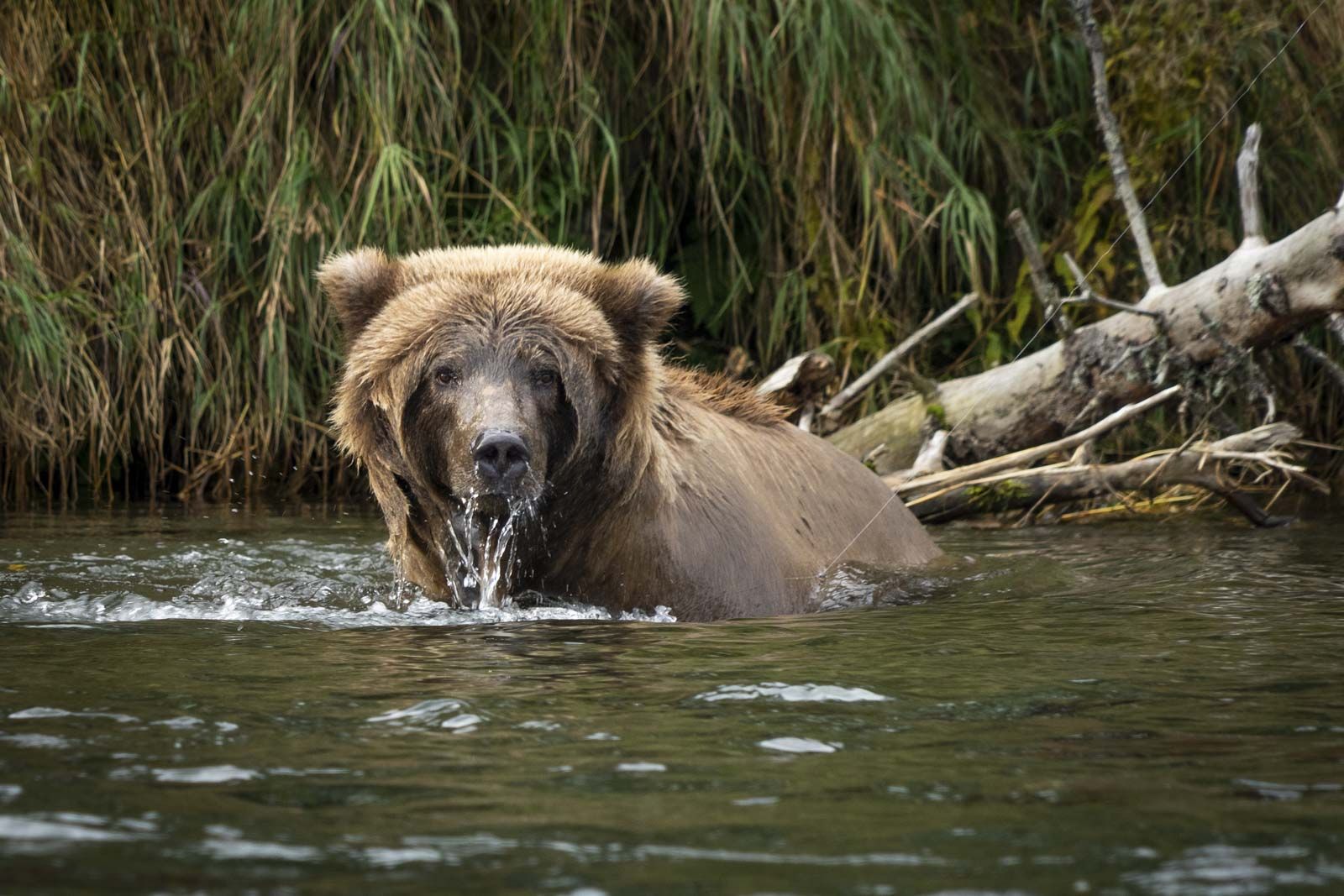Alaska National Park Tours
Lake Clark
Situated 110 miles southwest of Anchorage and 65 miles northwest of Homer, Lake Clark National Park and Preserve is a captivating gem in the heart of Alaska. This vast wilderness encompasses the second-largest lake in the state, Lake Clark, which plays a vital role in the Bristol Bay watershed, home to the world's largest sockeye salmon run. In 2023, an impressive 54.5 million fish returned, making the 8th largest inshore run since 2003.
Encompassing over four million acres, Lake Clark National Park is a pristine expanse of land featuring mountains, volcanoes, and glaciers. To put its size into perspective, it surpasses the combined area of Connecticut and Rhode Island. Despite its natural qualities, Lake Clark stands as the fourth leasted visited national park in the United States, making it an untouched haven for wilderness enthusiasts.
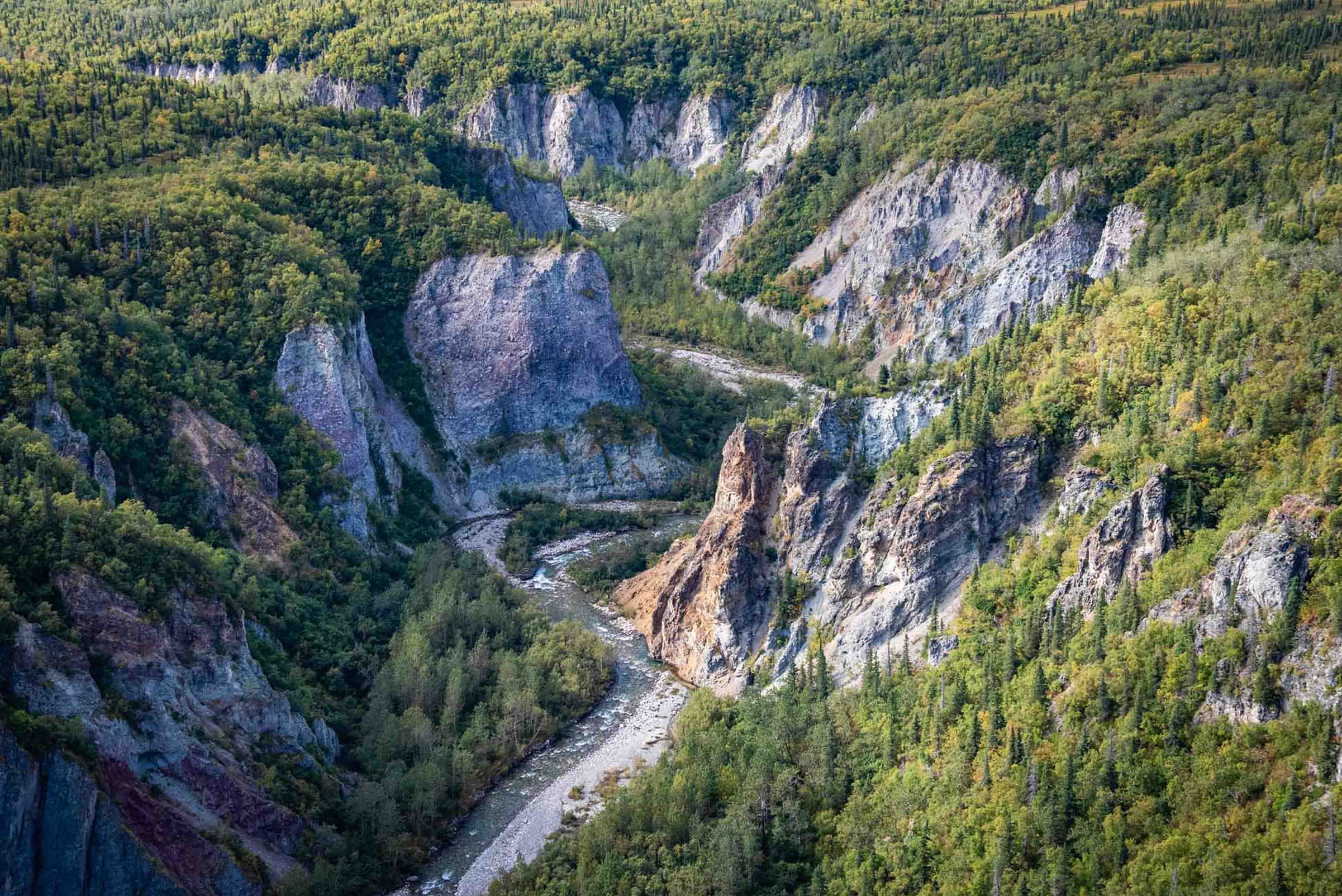
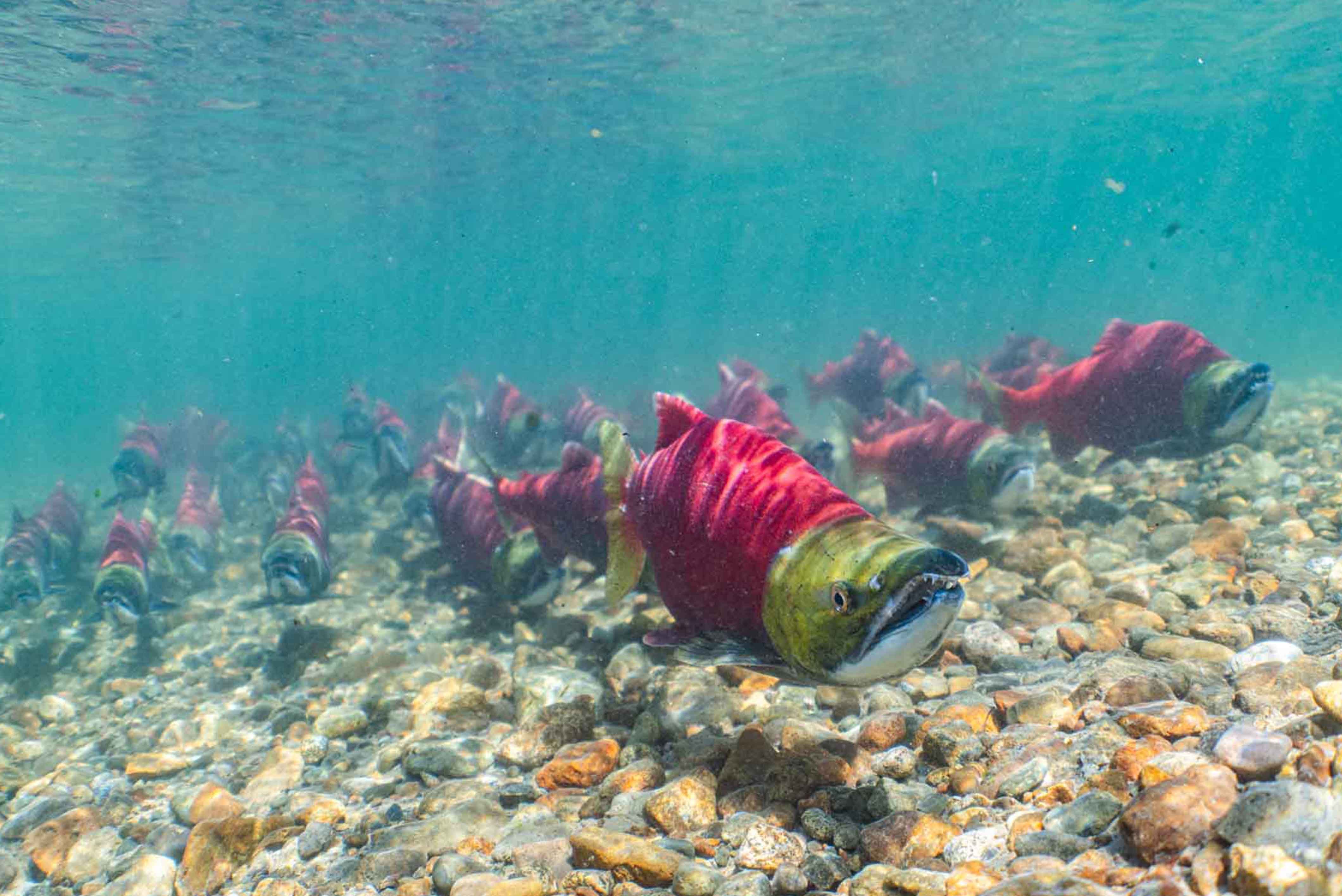
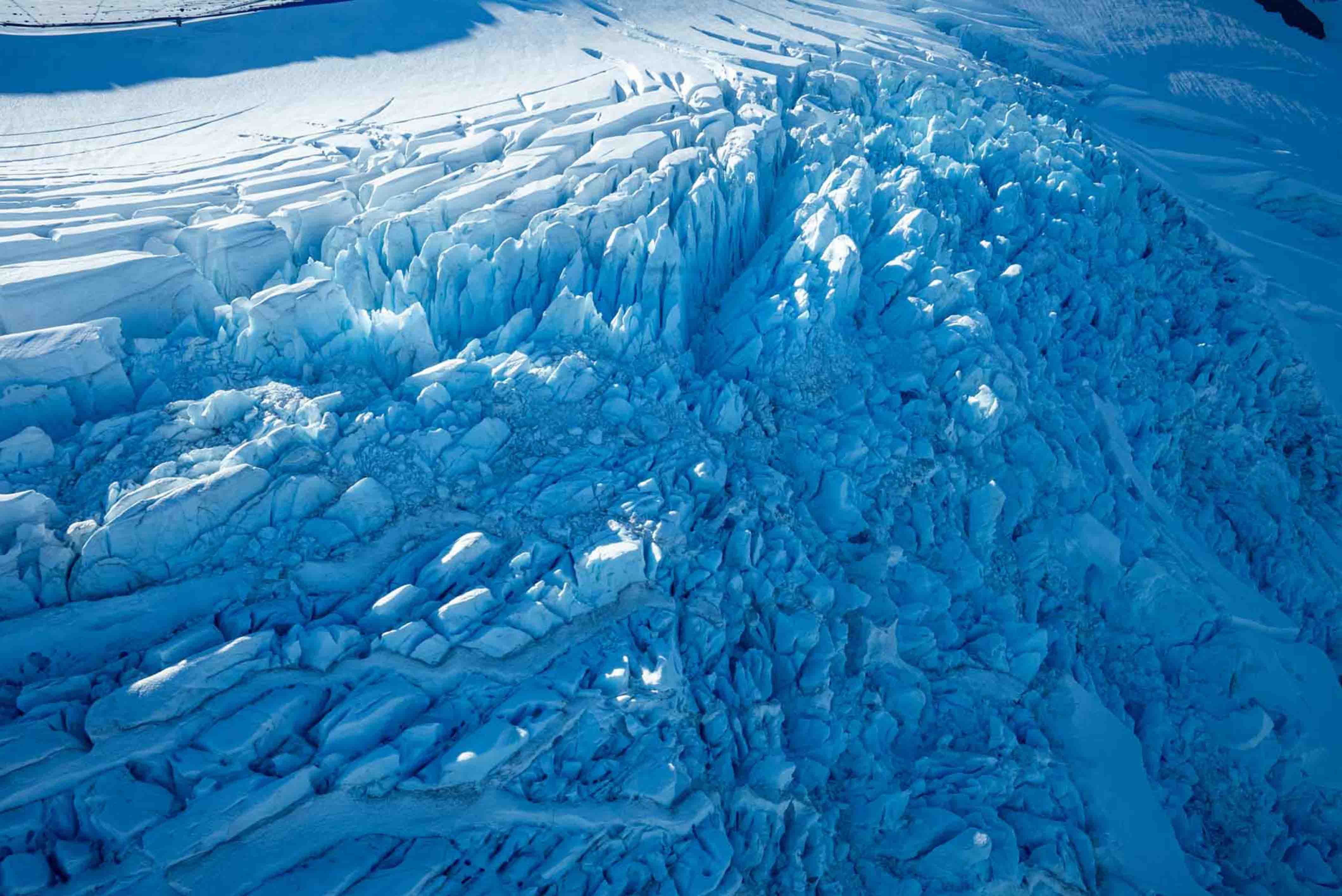
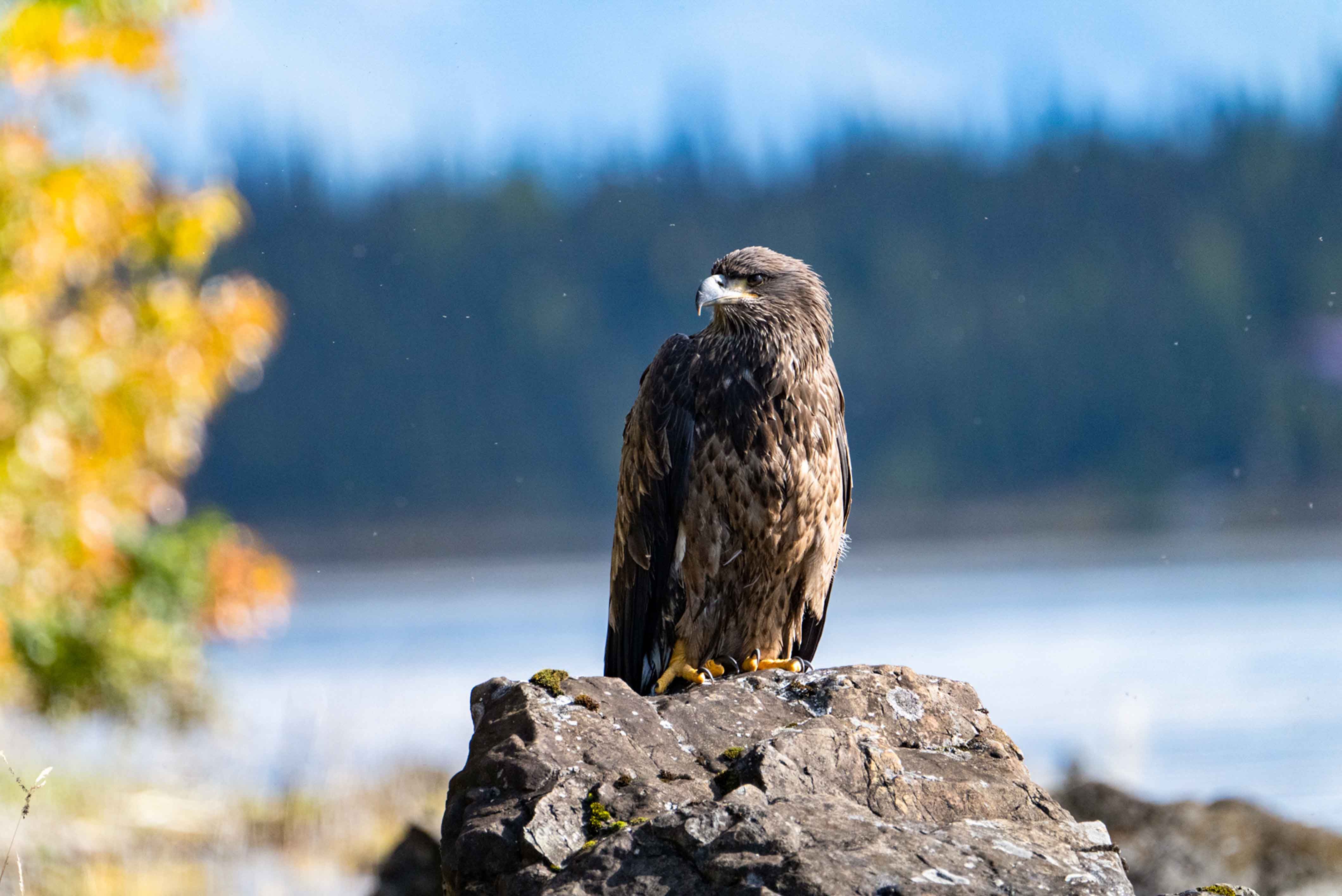
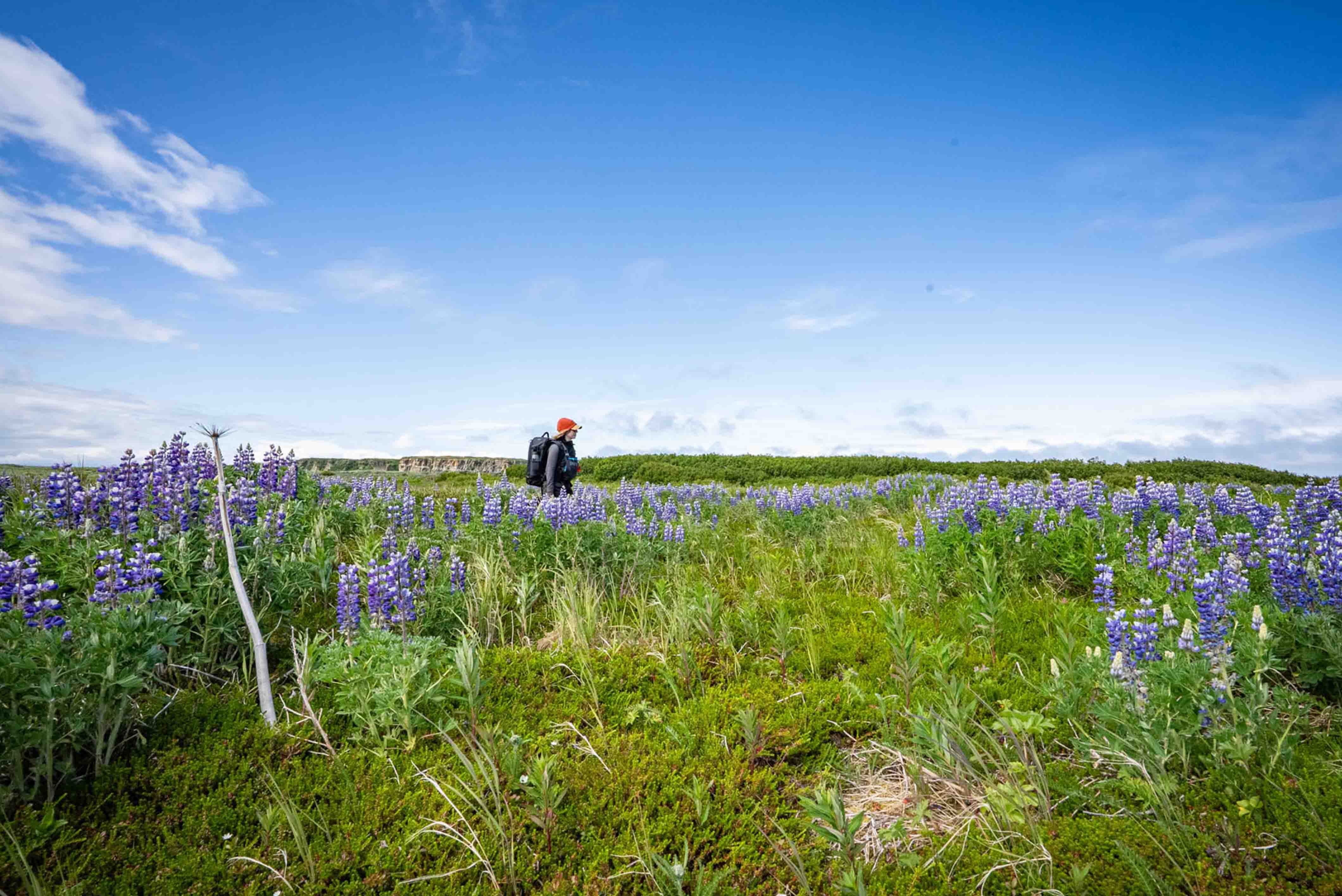
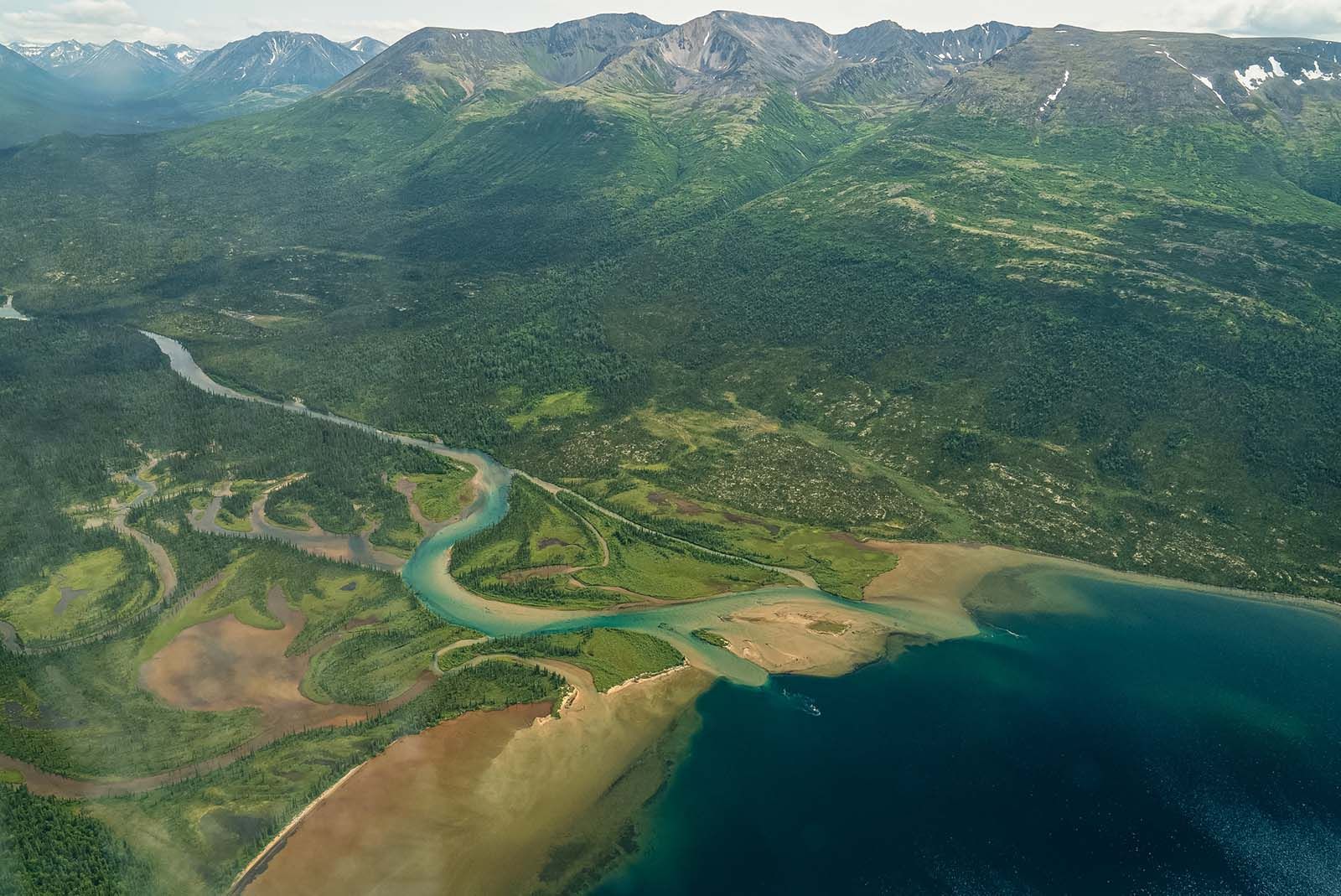
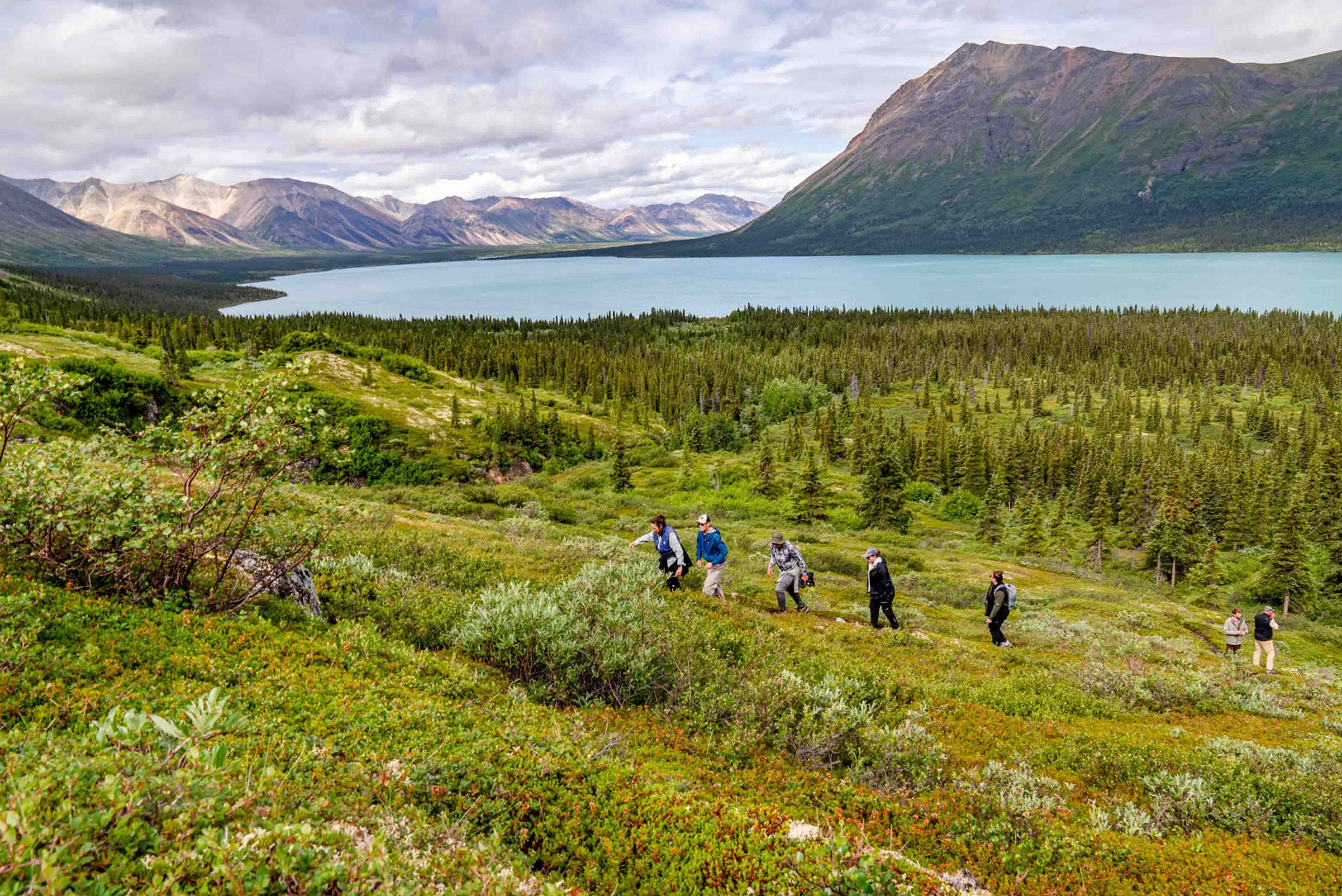
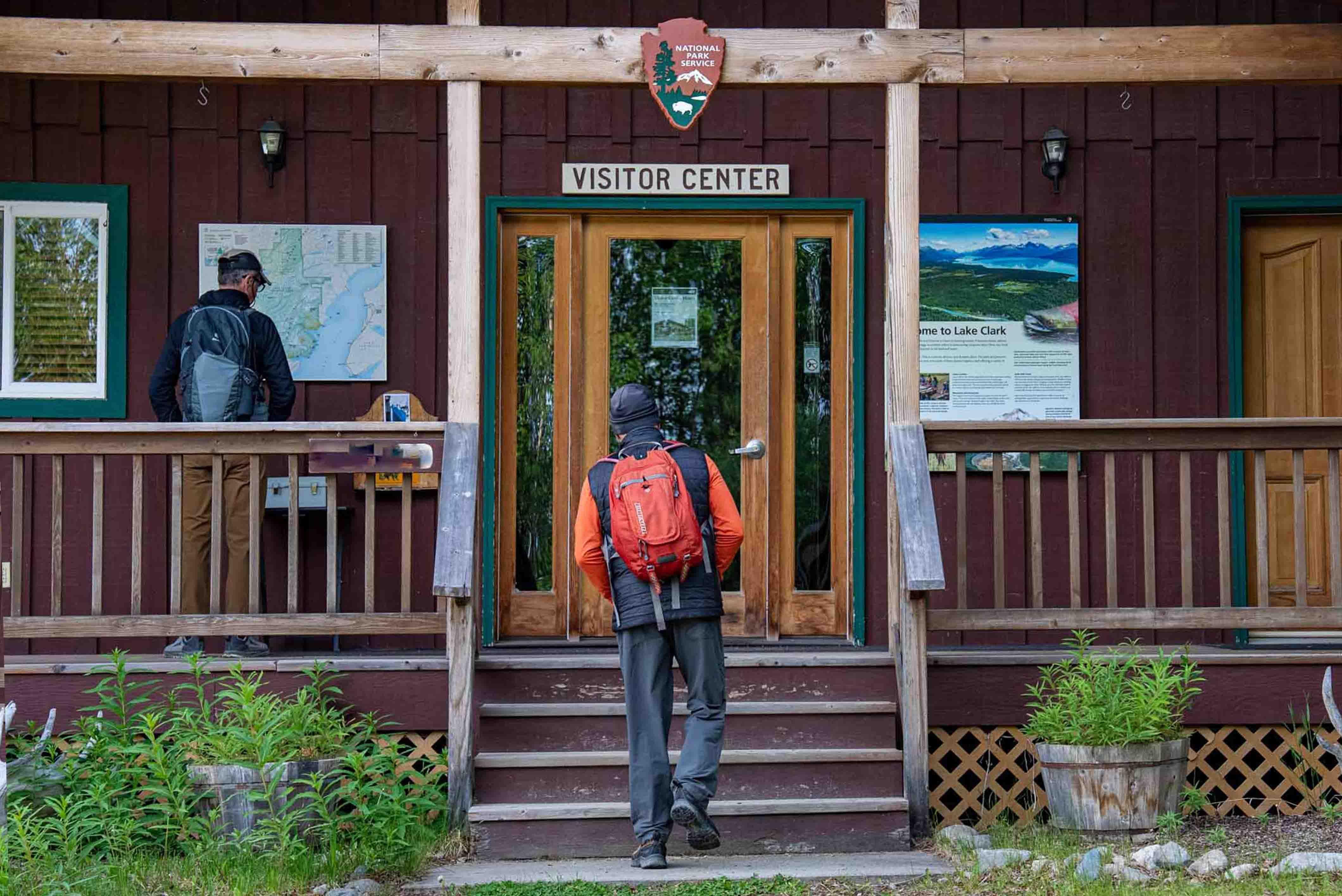
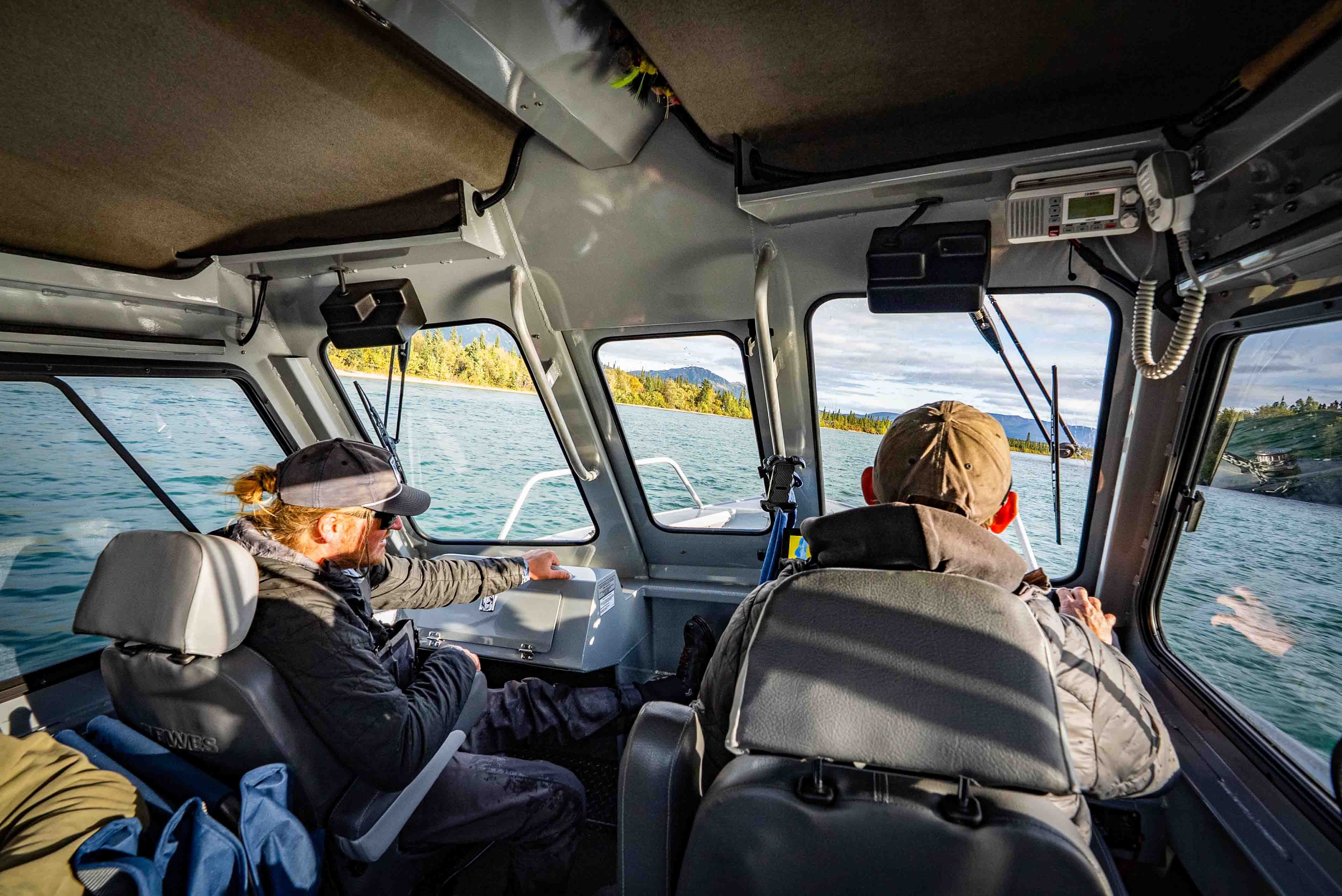
Katmai
Katmai National Park is only 50 miles away from Lake Clark National Park which translates into a short flight from our lodge. From Anchorage it's over 250 miles. Renowned for hosting over 2000 resident brown bears and the Valley of 10,000 Smokes, Katmai's landscape is a geological marvel in the making. Shaped by ongoing volcanic and glacial activities, the park evolves, even as we speak. Although many people know of the parks rich wildlife populations, they are relatively unaware that in the 1960's NASA used the volcanic areas of the park to prepare the Apollo astronauts for their first landing on the moon.
Accessible by floatplane or boat, Katmai looks like an entirely different word. Whether you opt for a scenic flight into the parks visitor center in King Salmon, bear viewing at Brooks Falls, a captivating aerial tour around glaciers, immersive wildlife encounters, or coastal fishing trips, we are dedicated to curating the ultimate experience tailored to your preferences.
The itinerary for our National Park Tour is customized to accomodate your individual interests. In both Lake Clark and Katmai National Parks, the list of activities extends far beyond breathtaking landscapes, offereing unparalled opportunities for wildlife photography, immersive bear viewing, captivating flightseeing, fly in fishing, hike tours, kayaking, packrafting, leisurely boat cruises and visiting the Proeneke Cabin.
Bear Viewing & Wildlife
Both parks are home to a diverse range of animals, including brown bears, black bears, Dall sheep, caribou, moose, wolves, sea otters, bald eagles, wolverines, lynx, salmon, and more. In proximility, Lake Illiamna is home to freshwater seals, a rarity shared by only two lakes in the world. Be sure to read more on our wildlife viewing and photography page.
Flightseeing
The park features active volcanoes, offering a distinctive appeal for those with an interest in geology. While two of the largest volcanoes reside within Lake Clark boundaries, these immense stratovolcanoes are scattered across the entire Alaska Peninsula. Saint Augustine, for instance, rises 4,134 feet above sea level. Whether it's the imposing presence of Mt. Redoubt, the grandeur of Mt. Illiamna, or any of the 16 active volcanoes in the vicinity, opting for a flight out excursion during your stay guarantees a mesmerizing encounter.
Outdoor adventures
Explore the park's network of hiking trails, summit Tanalian Peak, fish the narrows, or join one of our unique hosted trips. Distinguishing itself from other activities in the vicinity, Lake Clark Lodge offers a multitude of daily options. It's precisely why we recommend a 4-5 day trip to full immerse yourself in the options we have available.
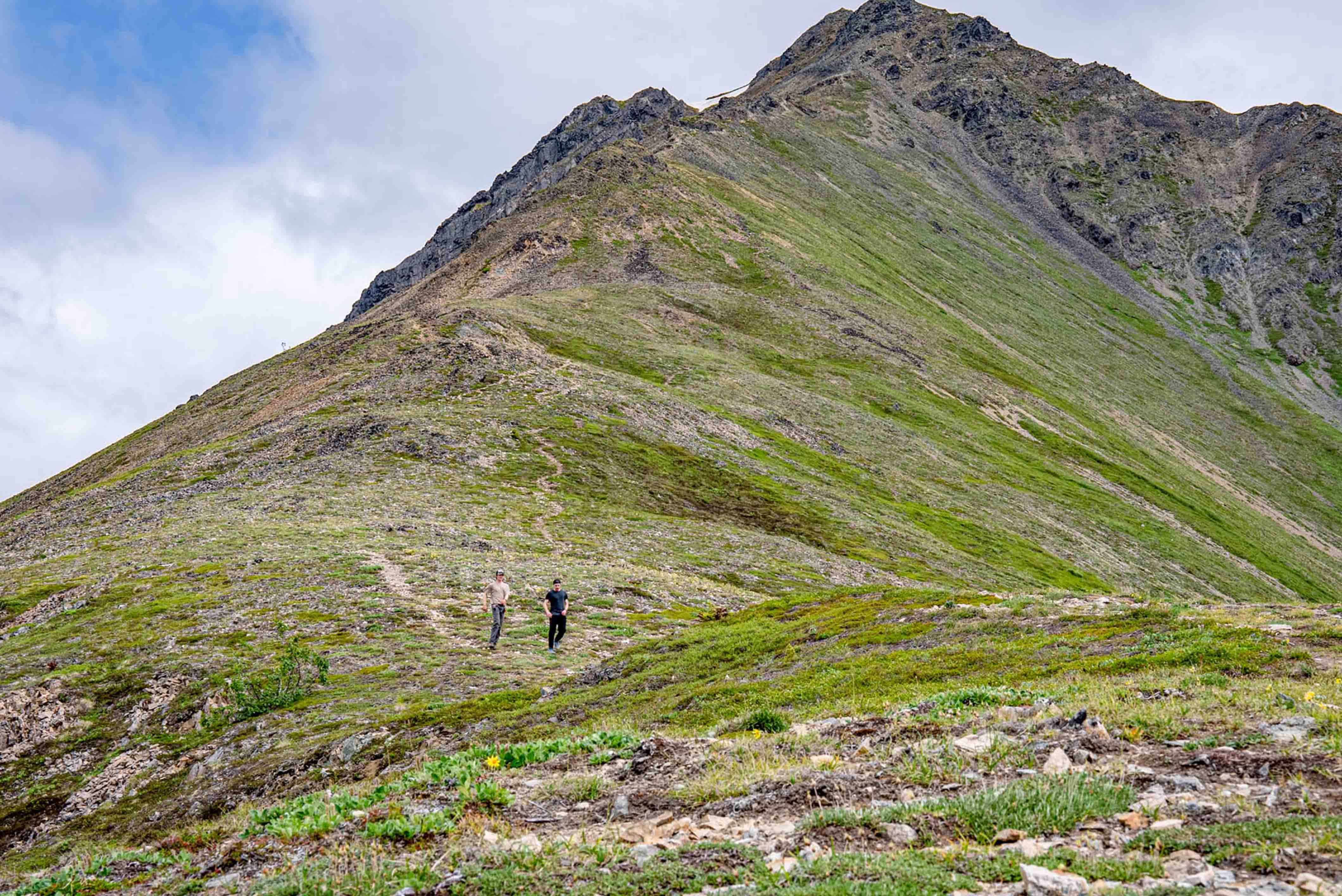
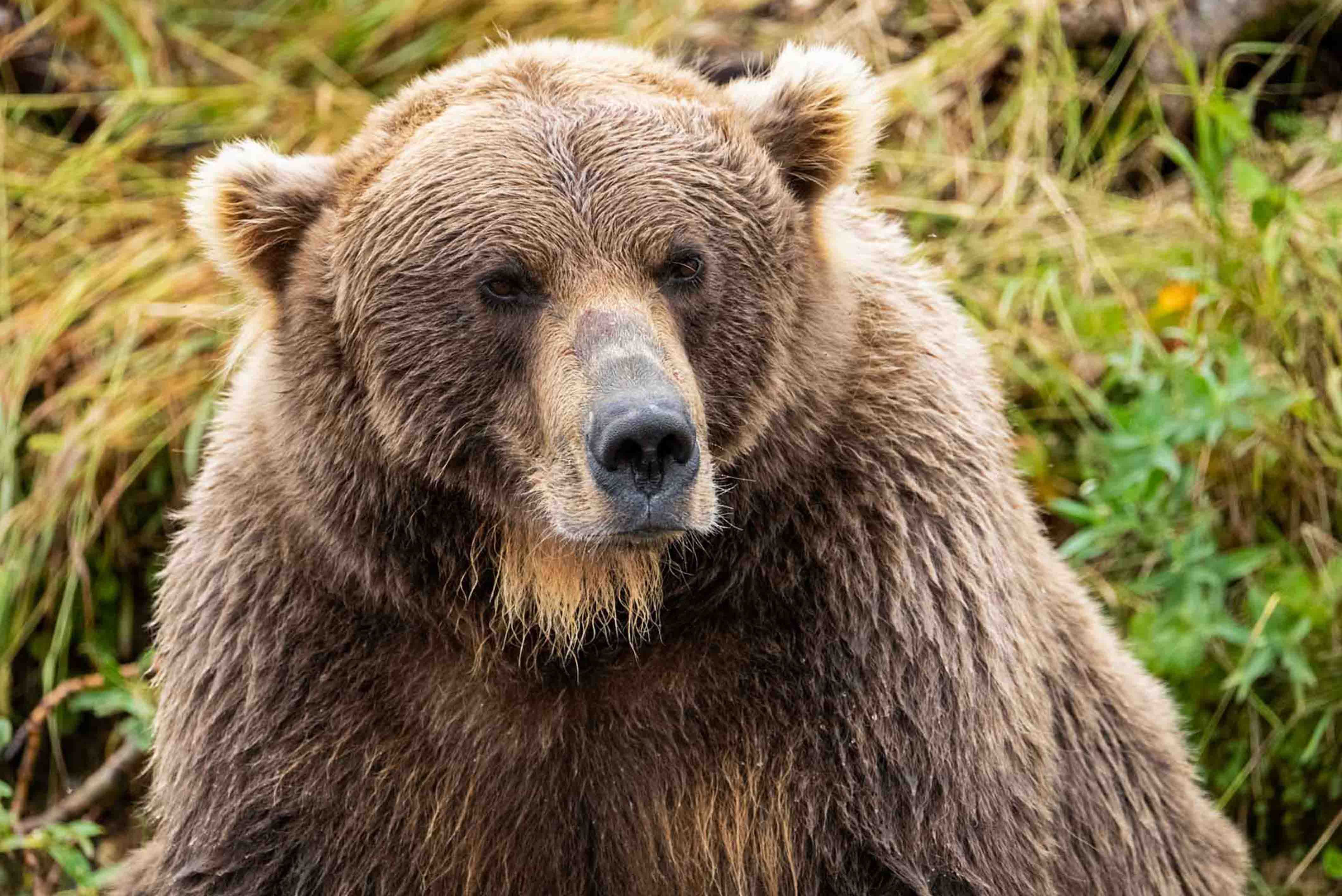
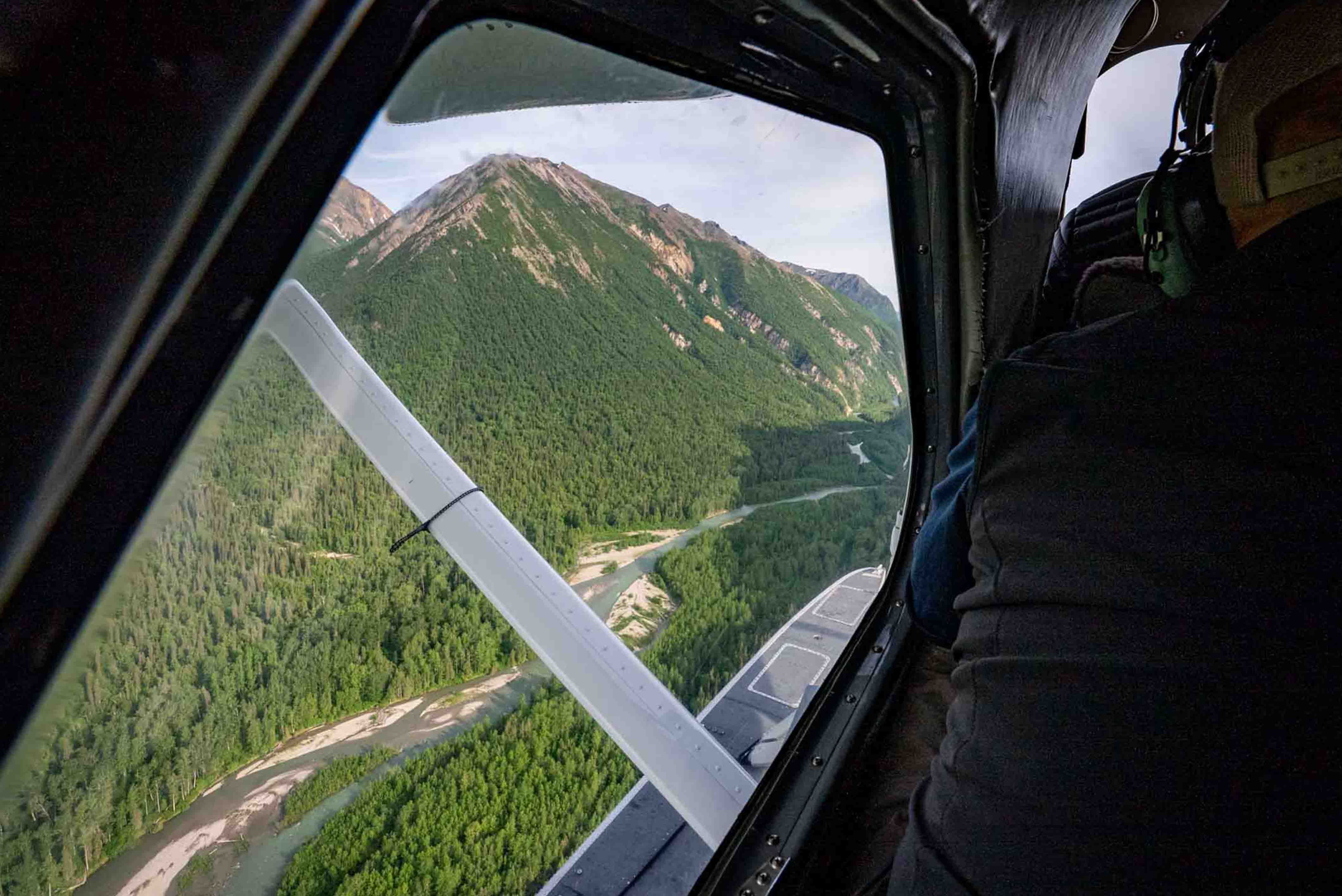
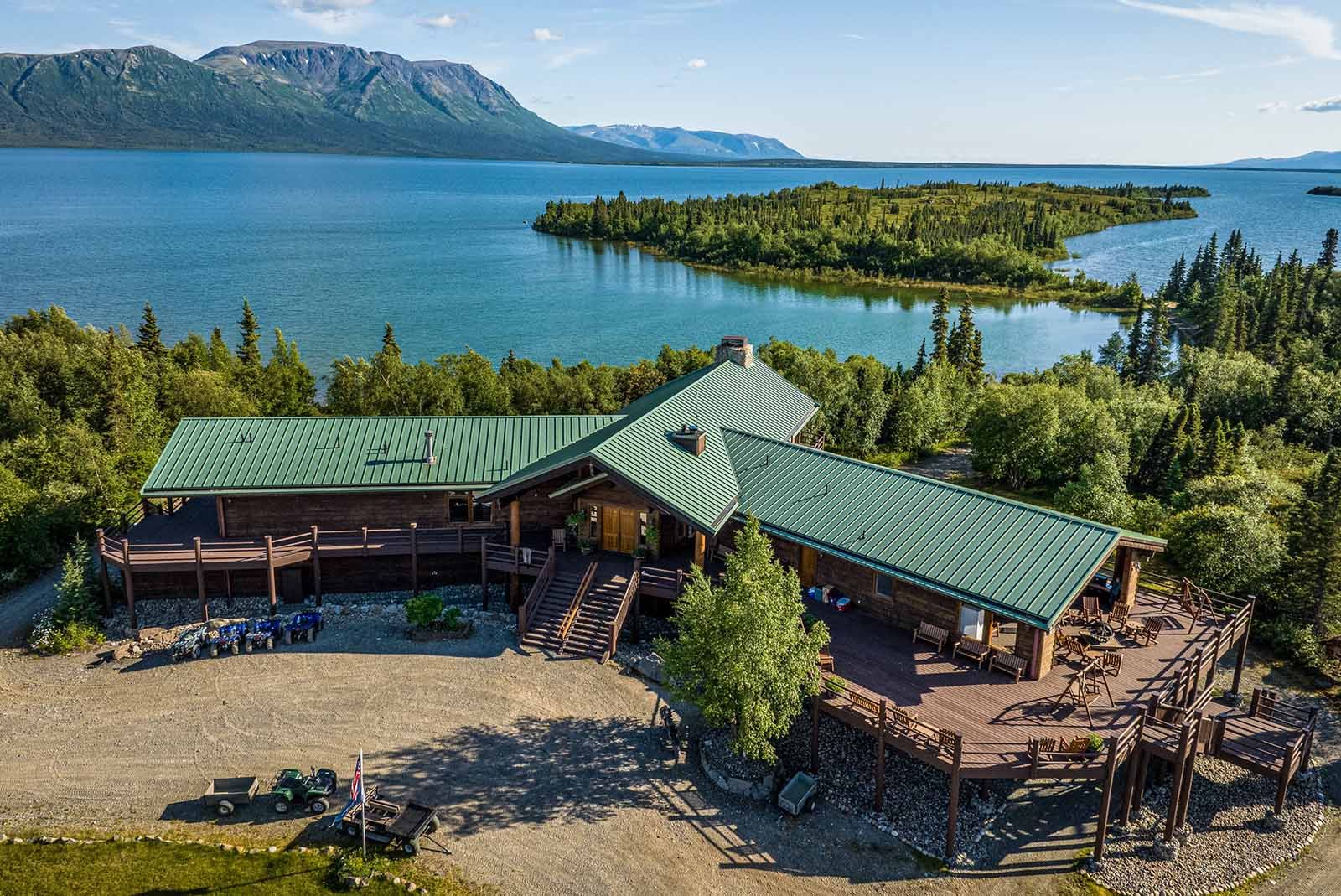
Lake Clark Lodge is a classic North American Lodge with a hallmark “great room”, fireplace and large windows. The lodge is surrounded by a large deck for guests to look out on the lake and mountain setting surrounding Keyes Point.
Lake Clark National Park was established in 1980 as part of the Alaska National Interest Lands Conservation Act. Its creation aimed to preserve the park's unique ecosystems, protect its wildlife and offer opportunities for outdoor recreation while keeping the area's natural beauty intact. It as also established to protect a region of dynamic geoglical and ecological processes that create mountain landscapes, the watershed supporting Bristol Bay Sockeye Salmon, and habitats for fish, wildlife and thousands of years of human history.
Lake Clark is a 1 hour flight from Anchorage, Homer or Kenai. Most visitors fly into the park headquarters in Port Alsworth. Visitors at Lake Clark Lodge will be flown directly to and from their designated location to our private landing strip on Keyes Point. You won't have to worry about coordinating your flight. We provide air taxi service to and from Anchorage or your designated airport.
The weather in Lake Clark National Park can be quite dynamic. Around summer solstice, the sun sets approximately at 11:30 PM and rises again around 4:30 AM, providing just over 5 hours of daylight. The brevity in daylight hours contributes to swift seasonal changes, influencing the weather accordingly. In general the temperature ranges from the mid 40's to the upper 60's through our 4 month season. To ensure you are well-prepared for a variety of weather conditions that may arise, we recommend consulting our Trip Checklist.





